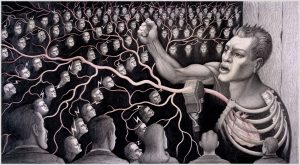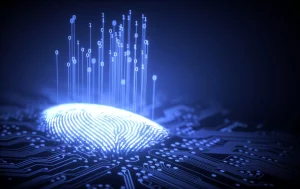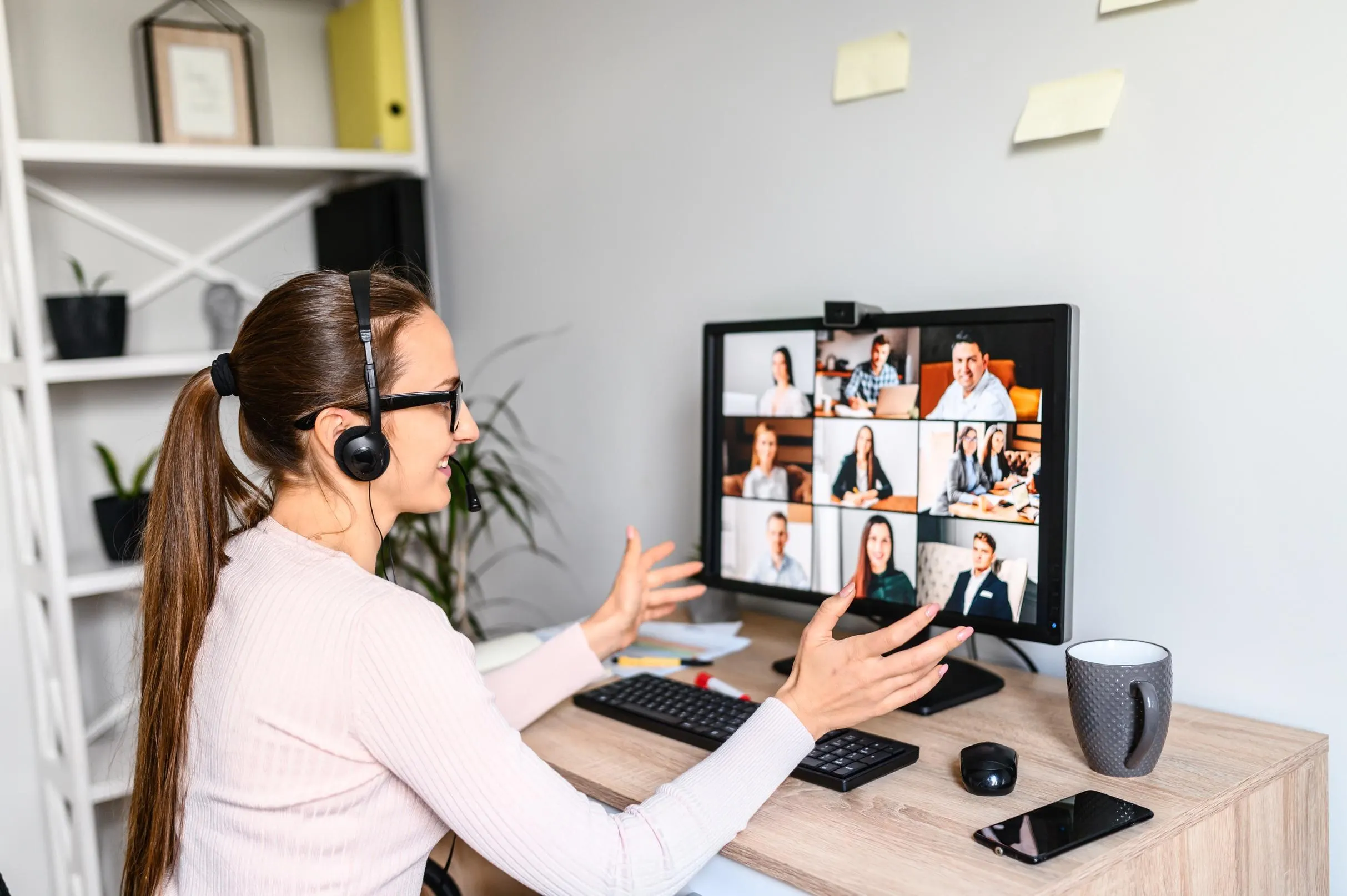The Role of Media in Shaping Cultural Narratives

Media plays a crucial role in shaping cultural beliefs and values through narratives. Whether it’s through television shows, movies, books, or even social media platforms, the stories we consume have a significant impact on how we perceive the world around us. Cultural narratives in media not only reflect societal norms and perspectives but also have the power to shape them. Through the portrayal of different cultures, traditions, and values, media influences public perception and shapes cultural tales that impact societal beliefs and values. By showcasing diverse perspectives and experiences, media has the ability to challenge stereotypes and promote understanding and empathy among different cultural groups.
Media Influence on Public Perception
Media has a powerful influence on public perception through cultural narratives. The stories we see and hear in the media can shape our attitudes, beliefs, and behaviors. By portraying certain cultural narratives, media can reinforce existing stereotypes or challenge them, ultimately influencing how we view different cultures and communities. Cultural tales in media have the power to shape societal beliefs and values, shaping our understanding of the world around us. Through the representation of diverse voices and experiences, media can help to broaden our perspectives and foster a more inclusive and tolerant society.
Evolution of Cultural Tales Through Media
Over time, media has played a key role in shaping cultural narratives and influencing societal beliefs. From traditional storytelling methods to modern forms of media, the evolution of cultural tales has been influenced by the changing landscape of communication and technology. Through the use of visual media, storytelling has become more immersive and engaging, allowing for a deeper connection to cultural narratives. By incorporating elements of music, art, and technology, media has the power to bring cultural stories to life in new and innovative ways.
Impact of Social Media on Cultural Stories
Social media has revolutionized the way cultural narratives are shared and consumed. With the rise of platforms like Facebook, Twitter, and Instagram, storytelling traditions in culture have been amplified and expanded to reach a wider audience than ever before. By allowing individuals to share their own stories and experiences, social media has democratized the storytelling process, giving voice to marginalized communities and challenging mainstream narratives. The power of social media lies in its ability to connect people from different backgrounds and cultures, fostering a sense of unity and understanding.
Media Representation and Cultural Identity

Media plays a crucial role in shaping cultural narratives through representation. The way in which different cultures are portrayed in the media can have a profound impact on how we perceive our own cultural identity and the identities of others. By showcasing diverse characters and storylines, media can help to challenge stereotypes and promote a more inclusive and accurate representation of cultural diversity. Through the power of storytelling, media has the ability to shape our understanding of cultural identity and foster a sense of pride and belonging among different communities.
The Power of Visual Media in Storytelling
Visual media has the ability to enhance cultural narratives in ways that traditional forms of storytelling cannot. Through the use of images, videos, and graphics, media can create a more immersive and engaging experience for audiences, allowing them to connect with cultural stories on a deeper level. By incorporating visual elements into storytelling, media can evoke emotions, spark imagination, and bring cultural tales to life in a way that resonates with viewers. The power of visual media lies in its ability to convey complex ideas and emotions in a simple and compelling way, making cultural narratives more accessible and relatable to a wider audience.
Media Bias and Its Effect on Cultural Narratives
Media bias can distort the portrayal of cultural stories and influence public perception in significant ways. The way in which cultural narratives are presented in the media can shape how we view different cultures and communities, perpetuating stereotypes and misconceptions. By being mindful of media bias and seeking out diverse perspectives, we can challenge the dominant narratives that are often perpetuated in the media. By promoting a more balanced and inclusive representation of cultural diversity, we can help to foster a more informed and empathetic society.
Future Trends in Media and Cultural Narratives
As technology continues to evolve, the future of media and cultural narratives is constantly changing. From virtual reality experiences to interactive storytelling platforms, the ways in which we consume and engage with cultural tales are becoming more dynamic and immersive. Future trends in media will shape how cultural stories are portrayed and shared, creating new opportunities for diverse voices to be heard and represented. By embracing these advancements and exploring new ways of storytelling, we can continue to challenge stereotypes, promote understanding, and celebrate the rich diversity of cultures around the world.




